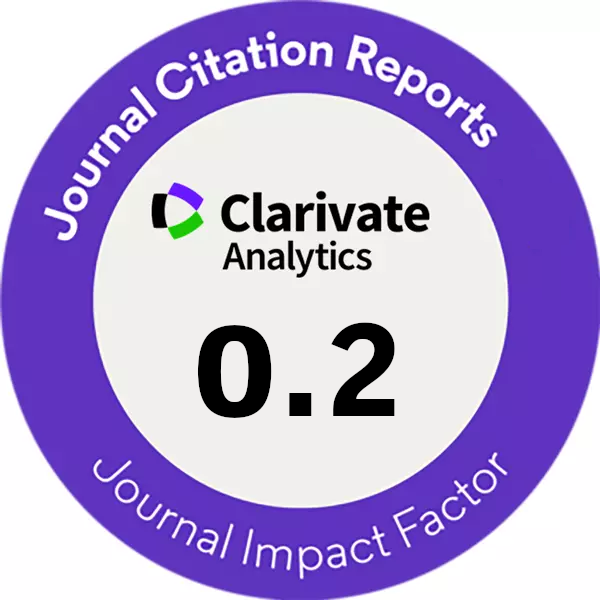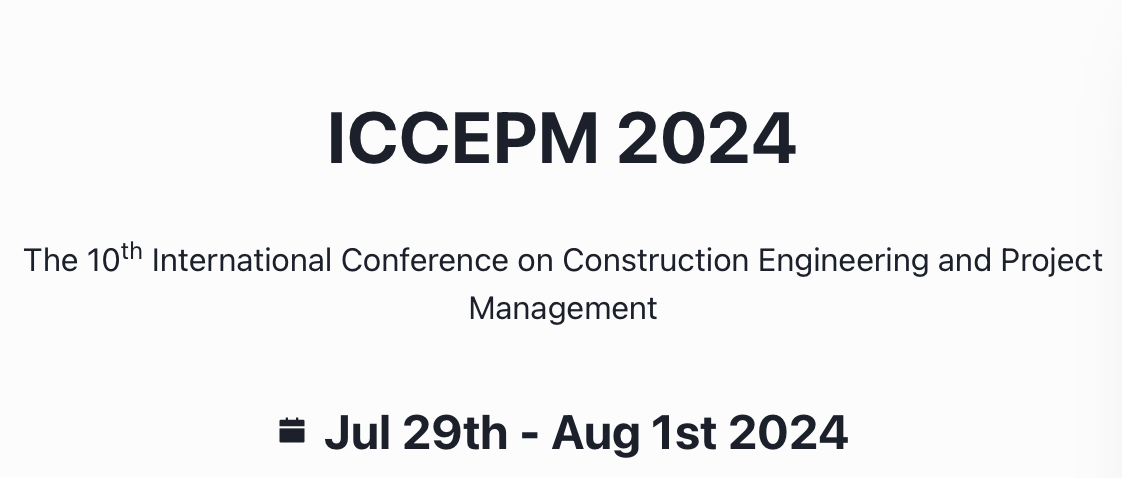Wind tunnel test study on lattice high support of bridge in typhoon areaWind tunnel test study on lattice high support of bridge in typhoon area
DOI:
https://doi.org/10.14311/CEJ.2024.04.0039Keywords:
Typhoon area, Lattice high-bracket, Wind tunnel force test, Particle image velocimetryAbstract
Bridge grid support stability against typhoons is a key factor in ensuring the safety of bridge construction. This study employs wind tunnel force tests and Particle Image Velocimetry (PIV) experiments to investigate the typhoon stability of grid-type high supports. Based on wind tunnel force tests, the static force coefficients of grid-type high supports are measured under different flow conditions and wind angles. Utilizing PIV technology, a novel analysis is conducted on the flow field visualization of high-pier steel tube support models in horizontal and vertical plane flows. Quantitative analyses of the vortex core intensity and turbulence of single and double-pier supports are performed. The impact of wind direction on the aerodynamic characteristics of grid-type high supports is determined.The research indicates significant changes in drag, lift, and torque when calculating the wind resistance of grid-type high supports. Therefore, the influence of static wind loads in three directions needs to be fully considered in the calculations. Under a 45° wind deflection angle, vortex movement becomes more intense, reaching maximum vortex strength and turbulence intensity. This results in an increase in the average and fluctuating aerodynamic forces of the model. Compared to the four-legged grid-type high support model, the six-legged model exhibits relatively smaller vortex strength and turbulence intensity at the vortex core. Noticeable interference exists among the components of the grid-type high support, thus spatial three-dimensional characteristics should be considered in numerical simulations.By conducting wind tunnel experiments on grid-type high supports in typhoon-prone areas, the study ensures the safe use of these supports, enhances economic benefits, and broadens the application scope of grid-type high supports.
Downloads
References
R. Hu, M. Yang, D. Meng, R. Cucuzza, M. Domaneschi, Robustness investigation of Horizontal Bidirectional Hybrid Damping System applied to long-span bridges under near-fault pulse-like earthquakes, Soil Dynamics and Earthquake Engineering 184 (2024).
D. Gao, Z. Deng, W. Yang, W. Chen, Review of the excitation mechanism and aerodynamic flow control of vortex-induced vibration of the main girder for long-span bridges: A vortex-dynamics approach, Journal of Fluids and Structures 105 (2021).
Y.-F. Yang, M. Liu, C. Hou, X.-M. Bie, Behaviour of four-legged square CFST latticed members under lateral cyclic loading, Journal of Constructional Steel Research 156 (2019) 54-74.
T Jun, Key Technologies of construction of steel box girder lattice temporary piers and steel tower support frames [J] Sichuan Cement, (09) (2022) 201-202+213.
Y. Jin, C. Sun, H. Liu, D. Xu, Analysis on the causes of cracking and excessive deflection of long span box girder bridges based on space frame lattice models, Structures 50 (2023) 464-481.
W. Jiang, S. Li, Y. Luo, S. Xu, Creep Damage Analysis of a Lattice Truss Panel Structure, High Temperature Materials and Processes 36(1) (2017) 89-96.
C. Liu, D. Xu, L. Li, W. Cheng, Behavior of Concrete Segmental Box Girder Bridges with Open Webs, Journal of Bridge Engineering 20(8) (2015).
W. Qiu, F. Lu, G. Wang, G. Huang, H. Zhang, Z. Zhang, C. Gong, Evaluation of mechanical performance and optimization design for lattice girders, Tunnelling and Underground Space Technology 87 (2019) 100-111.
S Boyong, Zhu Guanghua, Wang Fengyuan, Stability study of cast-in-place box girder lattice steel pipe column support system [J] Chongqing Architecture, 13(01) (2014) 50-52.
H.J. Kim, K.I. Song, H.S. Jung, Y.W. Shin, J.H. Shin, Performance evaluation of lattice girder and significance of quality control, Tunnelling and Underground Space Technology 82 (2018) 482-492.
B.-Y. Deng, D. Tan, C.-L. Xia, G.-R. Liu, Y.-Q. Jiang, H.-Q. Xue, F. Qi, X.-W. Chen, L.-Z. Li, Experimental study on flexural behavior of precast ultra-lightweight ECC plank with lattice girder at construction stage, Case Studies in Construction Materials 19 (2023).
F. Li, L. Zou, J. Song, S. Liang, Y. Chen, Investigation of the spatial coherence function of wind loads on lattice frame structures, Journal of Wind Engineering and Industrial Aerodynamics 215 (2021).
R. Zhou, Y. Ge, Q. Liu, Y. Yang, L. Zhang, Experimental and numerical studies of wind-resistance performance of twin-box girder bridges with various grid plates, Thin-Walled Structures 166 (2021).
X. Ji, G. Huang, Y.-G. Zhao, Probabilistic flutter analysis of bridge considering aerodynamic and structural parameter uncertainties, Journal of Wind Engineering and Industrial Aerodynamics 201 (2020).
S. Wang, F. Huseynov, M. Casero, E.J. Obrien, P. Fidler, D.P. McCrum, A novel bridge damage detection method based on the equivalent influence lines – Theoretical basis and field validation, Mechanical Systems and Signal Processing 204 (2023).
H. Jia, W. Wu, L. Xu, Y. Zhou, S. Zheng, C. Zhao, Numerical simulation and damaged analysis of a simply-supported beam bridge crossing potential active fault, Engineering Structures 301 (2024).
K. Li, Y. Han, C.S. Cai, Z. Qiu, A general modeling framework for large-amplitude 2DOF coupled nonlinear bridge flutter based on free vibration wind tunnel tests, Mechanical Systems and Signal Processing 222 (2025).
W.-L. Chen, H. Li, H. Hu, An experimental study on a suction flow control method to reduce the unsteadiness of the wind loads acting on a circular cylinder, Experiments in Fluids 55(4) (2014).
H. Mirzaeifar, K. Hatami, M.R. Abdi, Pullout testing and Particle Image Velocimetry (PIV) analysis of geogrid reinforcement embedded in granular drainage layers, Geotextiles and Geomembranes 50(6) (2022) 1083-1109.
Y. Ran, W.-L. Chen, Y. Jin, H. Li, D. Gao, Reynolds number sensitivity of the vortex dynamics around a long-span rail-cum-road bridge girder with three separated boxes, Journal of Wind Engineering and Industrial Aerodynamics 250 (2024).
Downloads
Published
Issue
Section
License
Copyright (c) 2024 Stavební obzor - Civil Engineering Journal

This work is licensed under a Creative Commons Attribution-NonCommercial 4.0 International License.
Authors who publish with this journal agree to the following terms:
- Authors retain copyright and grant the journal right of first publication with the work simultaneously licensed under a Creative Commons Attribution License that allows others to share the work with an acknowledgement of the work's authorship and initial publication in this journal.
- Authors are able to enter into separate, additional contractual arrangements for the non-exclusive distribution of the journal's published version of the work (e.g., post it to an institutional repository or publish it in a book), with an acknowledgement of its initial publication in this journal.
- Authors are permitted and encouraged to post their work online (e.g., in institutional repositories or on their website) prior to and during the submission process, as it can lead to productive exchanges, as well as earlier and greater citation of published work (See The Effect of Open Access).









